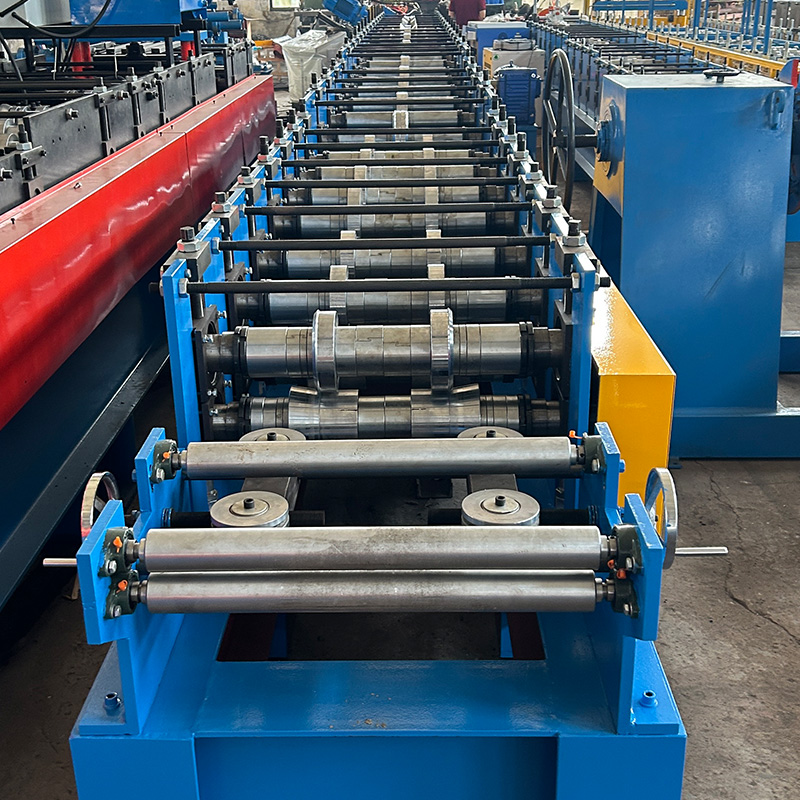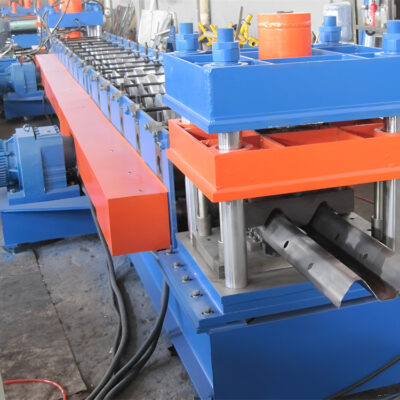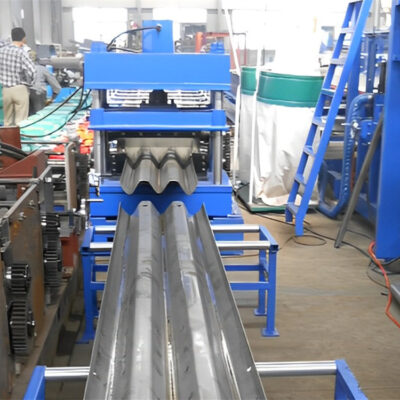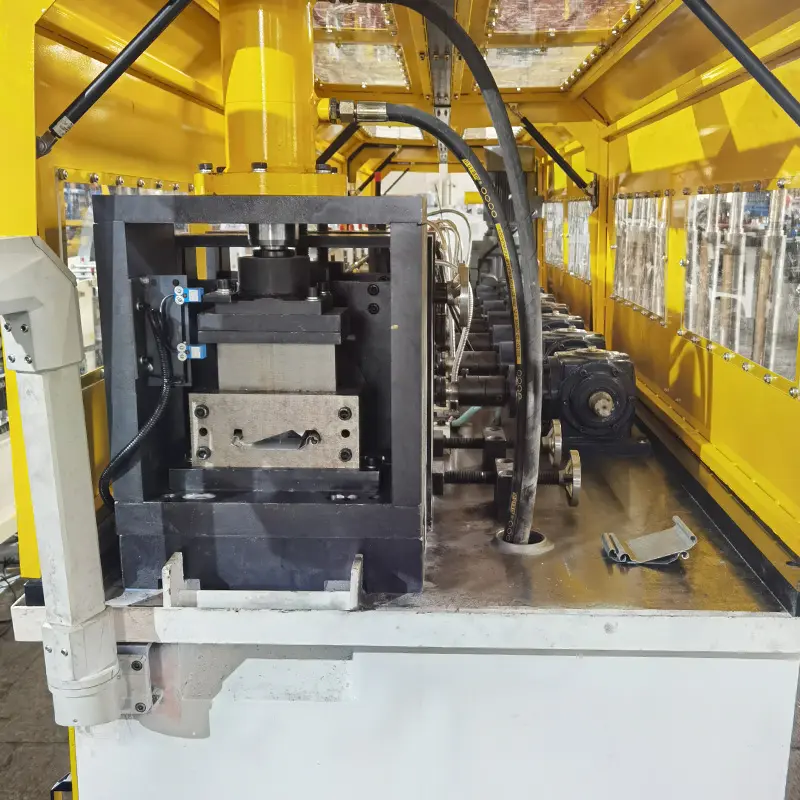When it comes to choosing roofing materials, metal roofing sheets stand out as a top choice due to their durability, longevity, and aesthetic appeal. Whether you’re building a new home, renovating an existing one, or managing a commercial property, understanding the ins and outs of metal roofing can help you make informed decisions. In this comprehensive guide, we’ll delve into everything you need to know about metal roofing sheets, from their types and benefits to installation and maintenance.
Overview of Metal Roofing Sheets
Metal roofing sheets are becoming increasingly popular due to their robustness, energy efficiency, and modern look. These sheets are manufactured from various metals like steel, aluminum, copper, and zinc, each offering unique benefits.
- Durability: Metal roofs can last for 50 years or more with proper maintenance.
- Energy Efficiency: They reflect solar radiant heat, reducing cooling costs.
- Aesthetic Variety: Available in multiple styles, colors, and finishes.

Roll Forming Machine Guide
Roll forming machines are integral in the production of metal roofing sheets. These machines shape metal coils into desired profiles through a continuous bending operation.
Types of Roll Forming Machines:
- Single-Sheet Roll Forming Machine: Produces single sheets for straightforward applications.
- Double-Layer Roll Forming Machine: Capable of producing two different profiles from one machine.
- Automatic Roll Forming Machine: Features automation for high-speed and high-efficiency production.
- High-Precision Roll Forming Machine: Ensures precise dimensions and minimal tolerances.
- C & Z Purlin Roll Forming Machine: Used for producing purlins that support the roof sheets.
Precision Roll Forming Machine Types
| Machine Type | Description |
|---|---|
| Single-Sheet Roll Former | Produces a single type of metal sheet with a simple profile. |
| Double-Layer Roll Former | Can produce two different profiles, saving space and cost. |
| Automatic Roll Former | Features computerized control for high-speed production. |
| High-Precision Roll Former | Ensures accurate dimensions and consistent quality. |
| C & Z Purlin Roll Former | Creates purlins that provide structural support for roofing. |
Working Process of High-Speed Roll Forming Machines
High-speed roll forming machines are designed to produce metal roofing sheets quickly and efficiently. Here’s how they work:
- Loading: Metal coils are loaded onto the machine’s uncoiler.
- Feeding: The coil is fed into the roll forming machine.
- Forming: The metal passes through a series of rollers that gradually bend it into the desired profile.
- Cutting: After forming, the sheets are cut to the required length using an automatic cutting system.
- Stacking: The finished sheets are automatically stacked for easy handling and transport.
-
 Highway Guardrail End Terminal Forming Machine
Highway Guardrail End Terminal Forming Machine -
 Highway U/C Post Roll Forming Machine
Highway U/C Post Roll Forming Machine -
 2 Waves Highway Guardrail Roll Forming Machine
2 Waves Highway Guardrail Roll Forming Machine -
 3 Waves Highway Guardrail Roll Forming Machine
3 Waves Highway Guardrail Roll Forming Machine -
 Electrical Cabinet Frame Roll Forming Machine
Electrical Cabinet Frame Roll Forming Machine -
 Din Rail Roll Forming Machine
Din Rail Roll Forming Machine -
 Two waves highway guardrail machine
Two waves highway guardrail machine -
 Three waves highway guardrail machine
Three waves highway guardrail machine -
 Cable Ladder Roll Forming Machine
Cable Ladder Roll Forming Machine
Key Components and Their Functions
| Component | Function |
|---|---|
| Uncoiler | Holds and unwinds the metal coil. |
| Feeder | Guides the metal into the forming rollers. |
| Rollers | Gradually shape the metal into the desired profile. |
| Cutting System | Cuts the formed metal to specified lengths. |
| Control System | Manages the operation and ensures precision. |
| Stacker | Stacks the finished sheets for easy collection. |
Machine Speed and Efficiency
| Machine Type | Speed | Efficiency |
|---|---|---|
| Single-Sheet Roll Former | Up to 30m/min | High for single profile production. |
| Double-Layer Roll Former | Up to 25m/min | Medium; versatile for multiple profiles. |
| Automatic Roll Former | Up to 50m/min | Very high due to automation. |
| High-Precision Roll Former | Up to 40m/min | High; precise with minimal wastage. |
| C & Z Purlin Roll Former | Up to 20m/min | Medium; essential for structural elements. |
Customized Mechanical Parameters
| Parameter | Range |
|---|---|
| Sheet Thickness | 0.2mm – 2.0mm |
| Sheet Width | 600mm – 1250mm |
| Roller Material | GCr15, 45# Steel |
| Forming Stations | 12 – 24 |
| Motor Power | 5.5kW – 30kW |
| Control System | PLC (Programmable Logic Controller) |
Applications and Uses
| Application Area | Examples |
|---|---|
| Residential Roofing | Houses, garages, garden sheds. |
| Commercial Roofing | Office buildings, warehouses, shopping malls. |
| Industrial Roofing | Factories, workshops, storage facilities. |
| Agricultural Buildings | Barns, silos, livestock shelters. |
| Public Infrastructure | Schools, hospitals, community centers. |
Installation, Operation, and Maintenance
| Aspect | Details |
|---|---|
| Installation | Involves securing metal sheets to the roof framework. |
| Operation | Roll forming machines are operated by trained personnel. |
| Maintenance | Regular checks on rollers, cutting systems, and control units. |
| Safety | Proper training and safety gear are essential. |
Suppliers and Price Range Details
| Supplier | Price Range (USD) | Notes |
|---|---|---|
| ABC Metal Roofing | $5 – $10 per sq. ft. | Offers a wide range of profiles and colors. |
| XYZ Roofing Solutions | $7 – $12 per sq. ft. | Known for high-quality aluminum and steel sheets. |
| Roofing Experts Inc. | $6 – $11 per sq. ft. | Specializes in custom metal roofing solutions. |
| Global Metal Roofs | $4 – $9 per sq. ft. | Competitive pricing with bulk discounts available. |
How to Choose a Supplier
Selecting the right supplier for your metal roofing sheets is crucial. Consider these factors:
- Reputation: Check reviews and ratings.
- Quality: Ensure the metal meets industry standards.
- Price: Compare costs without compromising on quality.
- Support: Look for suppliers offering good customer service and after-sales support.
- Warranty: Ensure there is a warranty on the roofing sheets.
Pros and Cons of Metal Roofing Sheets
| Pros | Cons |
|---|---|
| Durability: Lasts 50+ years with proper care. | Cost: Higher upfront cost compared to some materials. |
| Energy Efficiency: Reflects heat, saves energy. | Noise: Can be noisy during rain unless properly insulated. |
| Aesthetic Appeal: Modern and sleek designs. | Installation: Requires professional installation. |
| Low Maintenance: Resistant to rot and pests. | Expansion and Contraction: Metal can expand/contract, affecting fasteners. |

FAQs
| Question | Answer |
|---|---|
| What are metal roofing sheets made of? | Various metals including steel, aluminum, copper, and zinc. |
| How long do metal roofs last? | Typically 50 years or more with proper maintenance. |
| Are metal roofs noisy? | They can be during rain, but proper insulation can mitigate this. |
| Do metal roofs require a lot of maintenance? | No, they are relatively low maintenance compared to other roofing materials. |
| Are metal roofs energy efficient? | Yes, they reflect solar heat, reducing cooling costs. |
| Can I install a metal roof myself? | Professional installation is recommended for best results. |
| Are metal roofs environmentally friendly? | Yes, they are often made from recycled materials and are fully recyclable. |
| What styles are available? | Many styles, colors, and finishes to suit different architectural designs. |
| How do I choose the right metal roof? | Consider factors like budget, aesthetics, climate, and building structure. |
| Are metal roofs safe in a lightning storm? | Yes, they are safe and do not increase the risk of lightning strikes. |
In conclusion, metal roofing sheets are an excellent investment for anyone looking to enhance the durability, efficiency, and aesthetic appeal of their property. With various types and customizable options available, you can find a solution that perfectly fits your needs. Always consider working with reputable suppliers and professional installers to ensure the best results.
